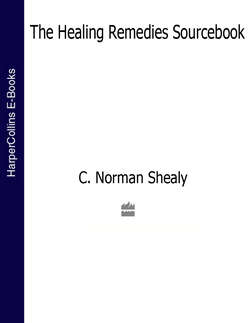Читать книгу The Healing Remedies Sourcebook: Over 1,000 Natural Remedies to Prevent and Cure Common Ailments - C. Shealy Norman - Страница 132
ОглавлениеZEA MAYS
CORN
Archeological evidence indicates that a type of primitive corn was used as a food in Mexico at least 7,000 years ago. The kernels of corn have a translucent, horny appearance when immature and are wrinkled when dry. The ears are eaten fresh or frozen, or are canned. Corn, or maize, is known primarily as a staple food, but it also has therapeutic properties. The corn silk (stigmas and styles of female flowers), fruit, seeds, and oil are used.
USES
Corn silk refers to the hairs covering the corn. A tea made by infusing corn silk in hot water may help in the treatment of kidney stones. Drink three times a day.
Corn silk is also a good cleanser of the urinary tract. A little of it eaten raw, with or without the corn kernels, will benefit the whole urinary system and may help to prevent cystitis.
Corn and its products may be beneficial in the treatment of bedwetting in children, disorders of the prostate and cystitis, and inflammation of the urethra.
PROPERTIES
Corn provides carbohydrates, B vitamins (thiamine and riboflavin), vitamin C, vitamin A, potassium, and zinc
Stimulating and cooling
Used in Chinese medicine for treating urinary and kidney problems
Corn silk cleanses the kidneys and the urinary tract
CAUTION
People suffering from pellagra (a niacin-deficiency disease) may be advised to eliminate corn and corn products from their diet. Some people are allergic to corn—if you suffer a rash, headaches, or any other symptoms, avoid corn and corn products.
